Wildfire Home Hardening & Defensible Space
Signet Environmental
Wildfire Home Hardening
& Defensible Space Inspections

Wildfires are coming. It’s not a matter of if, but when and where. Wildfires are no respecter of people, places or things and will consume anything in its path that is combustible. And although no building can be completely fireproof, you can greatly reduce the potential for damage and greatly increase your home’s chance of survivability by implementing a Wildfire Home Hardening and Defensible Space program based on the Signet Environmental analysis and recommendations.
What is wildfire home hardening?
WILDFIRE HOME HARDENING means preparing your home for a wildfire and ember storm. It does not mean fireproofing. Home hardening addresses the most vulnerable components of your house with building materials and installation techniques that increase resistance to heat, flames, and embers that accompany most wildfires. Learning to live with wildfires includes taking steps to reduce the risk to your home and increasing its chance of survival. Homes built to modern (2008 or later) building codes, with an adjacent and well-maintained defensible space, have a much better chance of surviving wildfire. Maintenance and upgrades to older homes can significantly improve the chance of your home surviving a fire. Part of learning to live with wildfires is understanding that we have some control in how we prepare for and address this hazard, and how we manage fire in our individual communities.
 What does a wildfire home hardening inspection consist of?
What does a wildfire home hardening inspection consist of?
Recent fires have taught us important lessons on wildfire home hardening and since embers are responsible for the majority of wildfire home ignitions, the Signet Environmental Wildfire Home Hardening inspection will concentrate on eliminating the chance of ember related ignition. The top 3 priorities will include the roof, vents and near home vegetation. This includes avoiding combustible materials within the first five feet of the home’s perimeter, incorporating and maintaining fire and ember-resistant construction materials and strategic landscaping planning and maintenance.
 What about the defensible space inspection?
What about the defensible space inspection?
Defensible space designations are broken down into zones with Zone 0 ending at 5 feet from the house and Zones 2 and 3 making up the remaining 100 feet of defensible space. The intensity of wildfire fuel management varies within the 100-foot perimeter of the home, with more intense fuels’ reduction occurring closer to your home. So it makes sense to implement the more aggressive measures closest to the house at Zone 1 and work outward to 100 feet or to your property line, whichever is closer.
- Zone 0 – Ember Resistant Zone extends 5 feet from buildings, structures, decks, etc. The ember-resistant zone is currently not required by law, but science has proven it to be the most important of all the defensible space zones. This zone includes the area under and around all attached decks, and requires the most stringent wildfire fuel reduction. The ember-resistant zone is designed to keep fire or embers from igniting materials that can spread the fire to your home.
- Zone 1 – Lean, Clean and Green Zone extends 30 feet from buildings, structures, decks, etc. or to your property line, whichever is closer.
- Zone 2 extends from 30 feet to 100 feet out from buildings, structures, decks, etc. or to your property line, whichever is closer.
The real cost of wildfires
The Insurance Information Institute rated the costliest wildland fires in the United States. Based on its data, the top seven worst wildfires, all in California, each caused several billions of dollars in insured losses. But facts and figures alone cannot even come close to defining the human tragedy that accompanies each and every wildfire, and only those who have suffered can truly tell their part of this tragic tale.
- 4.5 million U.S. homes are at high or extreme risk from wildfires. (Verisk)
- There were 58,985 wildfires in 2021, which affected 7.1 million acres, compared to just 18,229 wildfires and 1,323,666 acres lost in 1983 when official record-keeping began. (NIFC)
- There was a 17% increase from 2019 to 2021 in U.S. wildfires and a 223% increase since 1983. (NIFC)
- Humans cause as many as 90% of wildfires. (U.S. Department of Interior)
- Five of California’s top 20 biggest wildfires occurred in 2020.
- 2020 wildfires in the U.S. caused $16.5 billion in damages, making it the third-costliest year on record; 2017 being the highest at $24 billion and 2018 a close second at $22 billion. These figures do not account for indirect damages, which experts estimate cost around $150 billion for the record-setting 2018 wildfire season. (Yale Climate Connections)
- 2020 wildfires cost California 4.2 million acres of land, 10,500 structures and the lives of at least 31 people.


With both military and civilian firefighting training, and experience that includes structural, aircraft and wildfire, you will want the peace of mind that a Wildfire Home Hardening and Defensible Space Inspection by the professionals at Signet Environmental can give you.



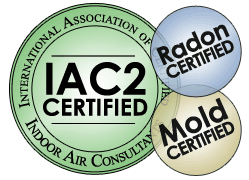
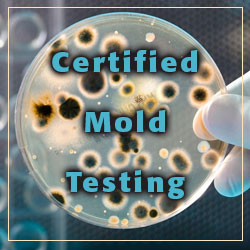

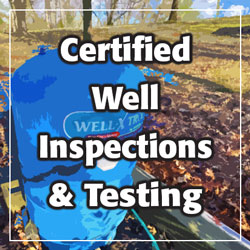
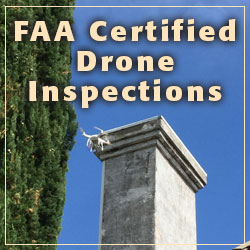
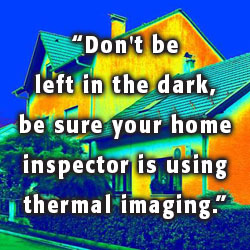
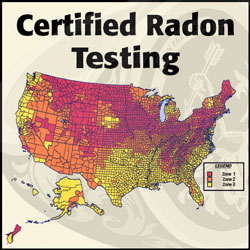
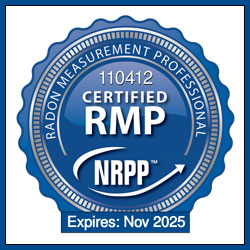
Environmental Testing News
Follow Signet Environmental via social media.